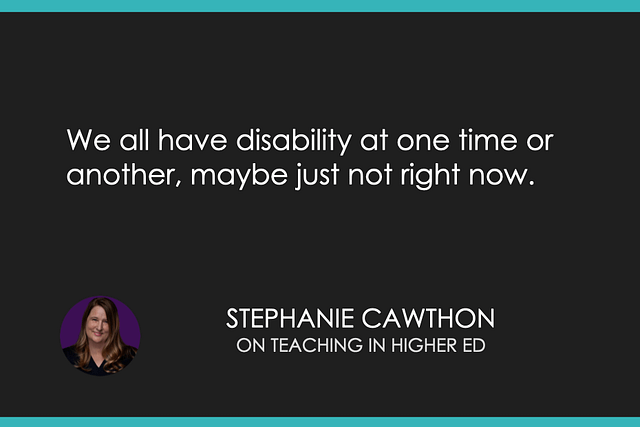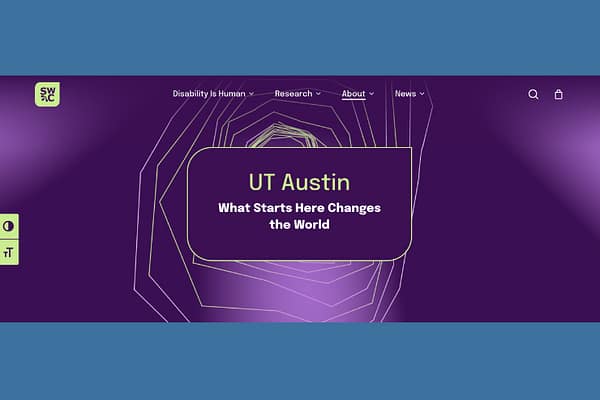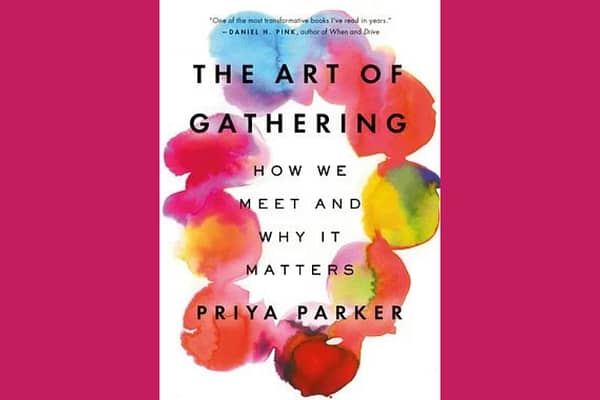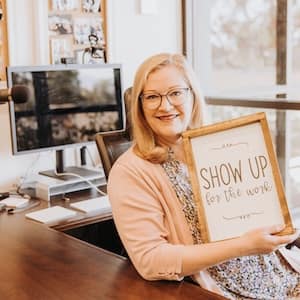Podcast (tihe_podcast):
Play in new window | Download | Transcript
Subscribe: Apple Podcasts | Spotify | RSS | How do I listen to a podcast?
Stephanie Cawthon shares about her book, Disability Is Human – The Vital Power of Accessibility in Everyday Life, on episode 561 of the Teaching in Higher Ed podcast.
Quotes from the episode

We all have disability at one time or another, maybe just not right now.
-Stephanie Cawthon
I think that there is still a sense of surprise when a request is made for some kind of modification.
-Stephanie Cawthon
This idea that accommodations and accessibility is coming at some cost to the abled is a false pretense.
-Stephanie Cawthon
If you receive a whole bunch of feedback and you can't do anything about it, that just makes you feel bad.
-Stephanie Cawthon
I was really trying to help us understand our assumptions about disability and accessibility.
-Stephanie Cawthon
Resources
- Disability Is Human: The Vital Power of Accessibility in Everyday Life, by Stephanie Cawthon
- Video: Episode 561 Including American Sign Language Interpretation
- Disability Is Human: The Vital Power of Accessibility in Everyday Life | The Official Workbook, by Stephanie Cawthon
- Oakland firestorm of 1991
- Kororā – Blue Penguin Colony
- Oamaru Blue Penguin Colony LIVE Cam – Highlights 17th July 2021 – Oamaru, South Island, NZ from the Urban Wildlife Trust WILDCAMS
- National Disability Center for Student Success
- How to Host a Deaf Podcast Guest and Accessibility Guidelines for Media Interviews and Presentations
- Reflect on Stephanies stories of mentorship
- The Art of Gathering: How We Meet and How it Matters, by Priya Parker


